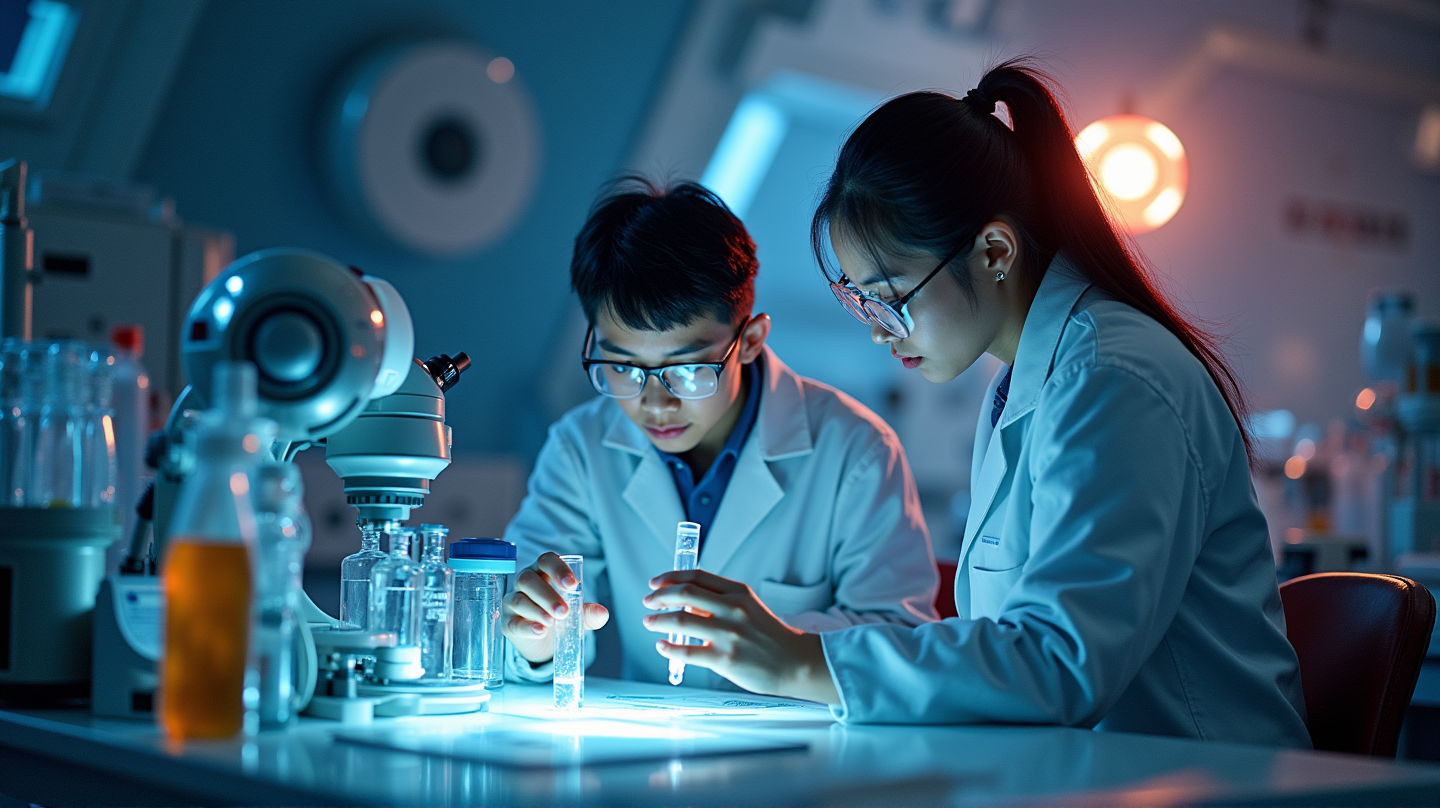Chinese Scientists Unveil Space Bacteria, Redefining Astronaut Safety
In an astonishing discovery aboard China's Tiangong Space Station, a never-before-seen bacterium, Niallia Tiangongensis, has emerged, highlighting critical health considerations for astronauts.

In a captivating blend of science and exploration, Chinese astronauts aboard the Tiangong Space Station have stumbled upon a microbial discovery that could redefine the parameters of space biology and astronaut safety. Their voyage beyond our planet’s atmosphere has led them to uncover Niallia Tiangongensis, a bacterium unknown until now.
The Striking Discovery
The astonishing find emerged amidst the fastidious hygiene practices that are hallmark to space stations due to the absence of immediate medical care for astronauts. According to a recent article in the International Journal of Systematic Evolutionary Microbiology, this new strain seems to belong to the genus Niallia, with its earthly counterpart being Niallia circulans, commonly found in sewage and soil.
How Did It Happen?
The origins of this pathogen remain a topic of scientific debate. Hypotheses suggest that Niallia Tiangongensis may have evolved from Niallia circulans following adaptation to the space station’s unique environment. This mutation underscores the capacity of microbes to evolve rapidly in the variable conditions of outer space.
Implications for Space Missions
While the thought of a new pathogen might stir concern, it opens avenues for deeper understanding of microbial behavior in space. This knowledge is pivotal for safeguarding the health of future astronauts and ensuring the operational sustainability of spacecraft. As stated in their fascinating research, “Understanding the characteristics of microbes during long-term space missions is essential for safeguarding the health of astronauts and maintaining the functionality of spacecraft.”
The Next Frontier
The emergence of Niallia Tiangongensis is just the beginning. As humanity ventures further into space, so too does its microbiome. This milestone serves as a gentle reminder that the exploration of space is intertwined intricately with new scientific frontiers. According to TwistedSifter, this discovery might just be the first of many as spacebound journeys continue to evolve.
Intrigued by this breakthrough? Discover why another precious material on Earth is more valuable than gold or platinum, demanding over $10,000 per ounce!

